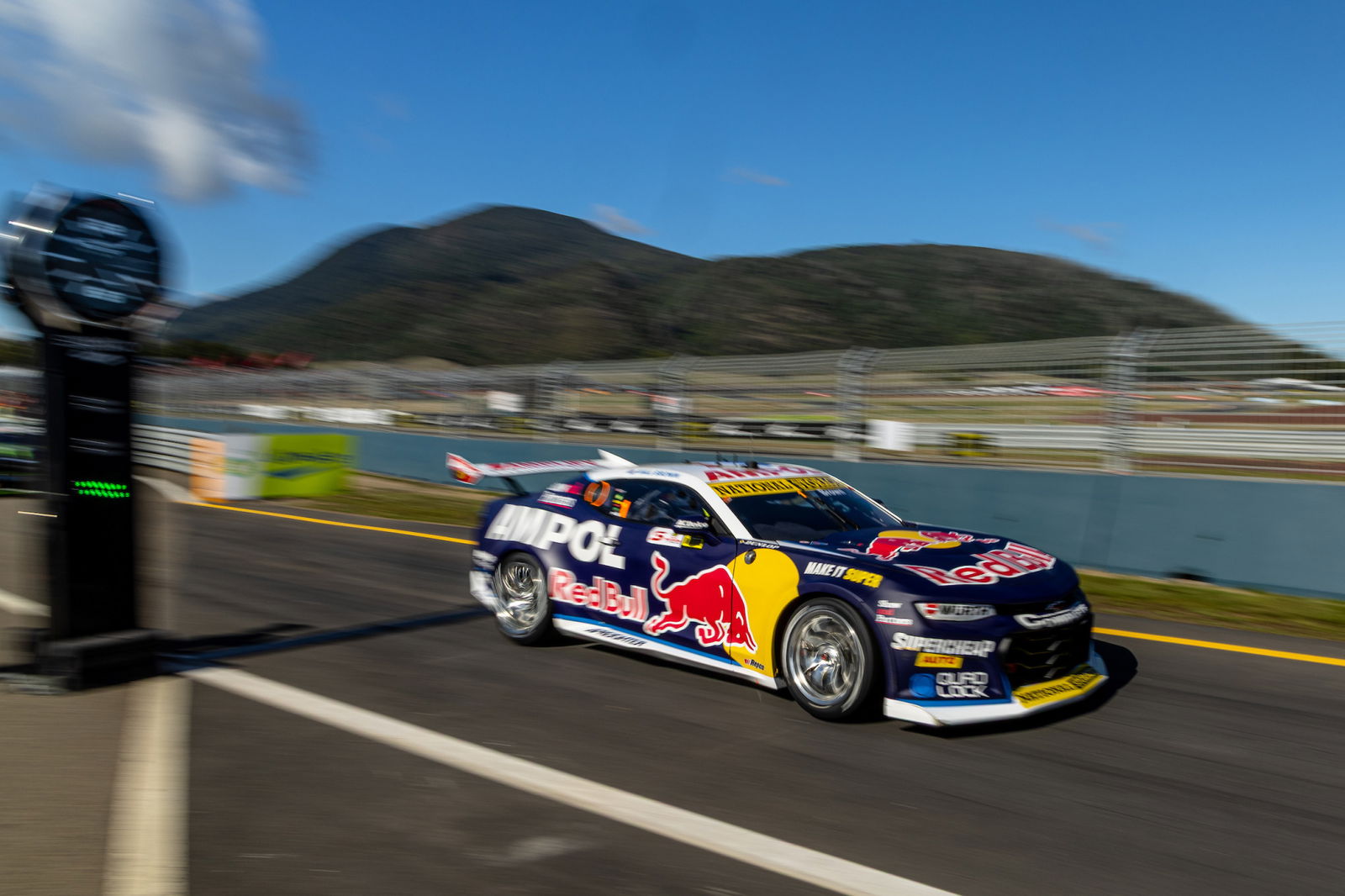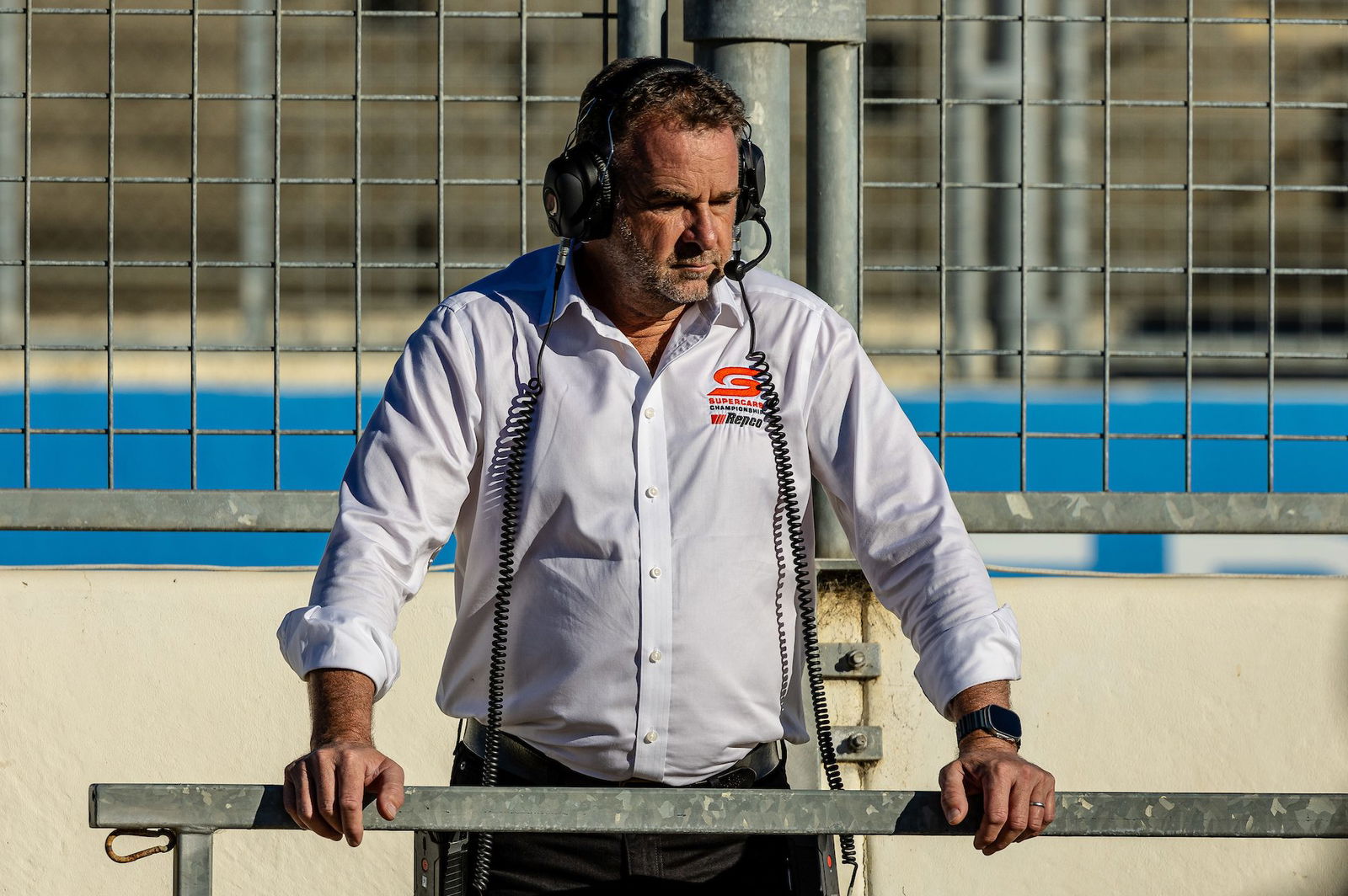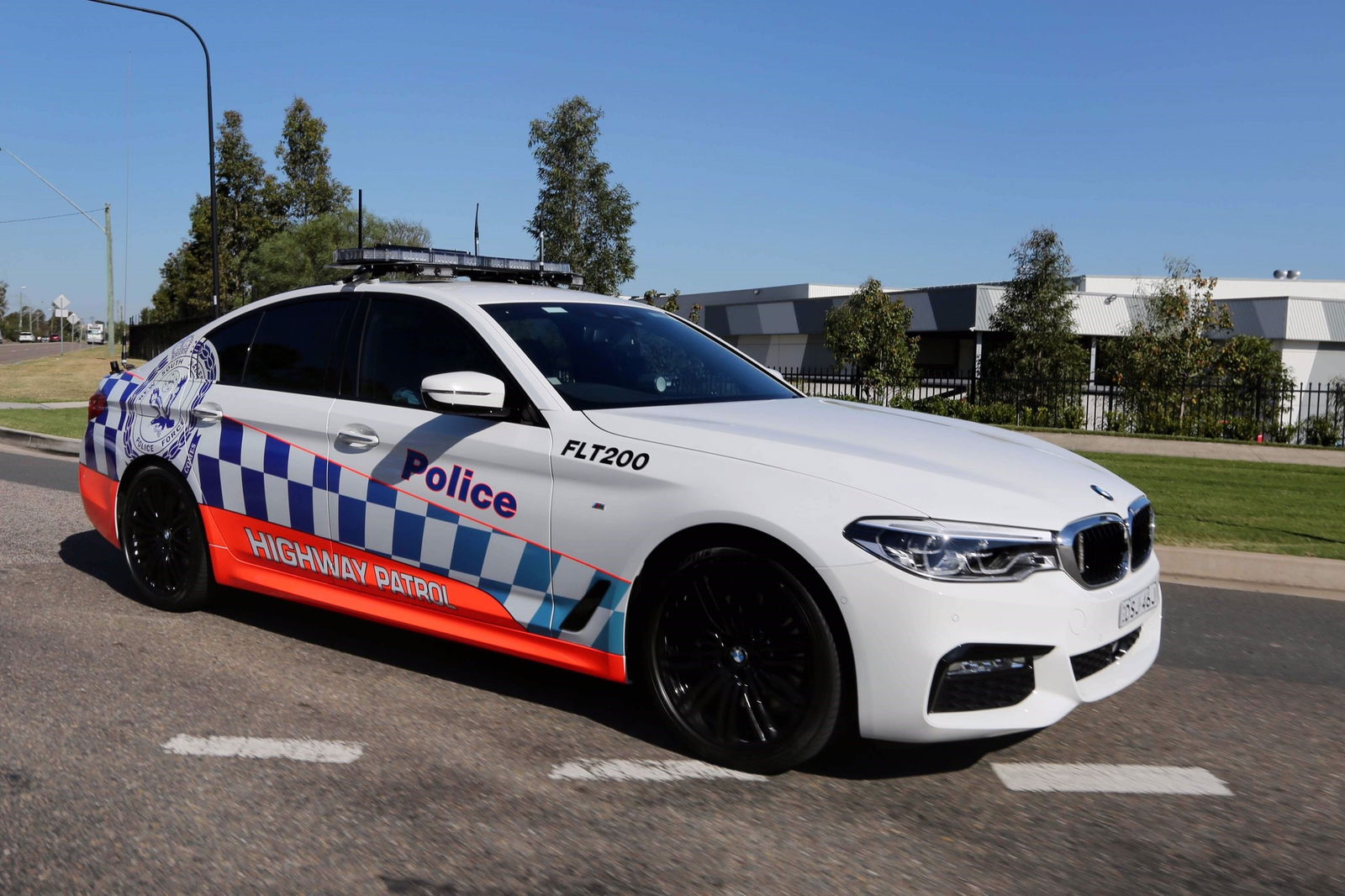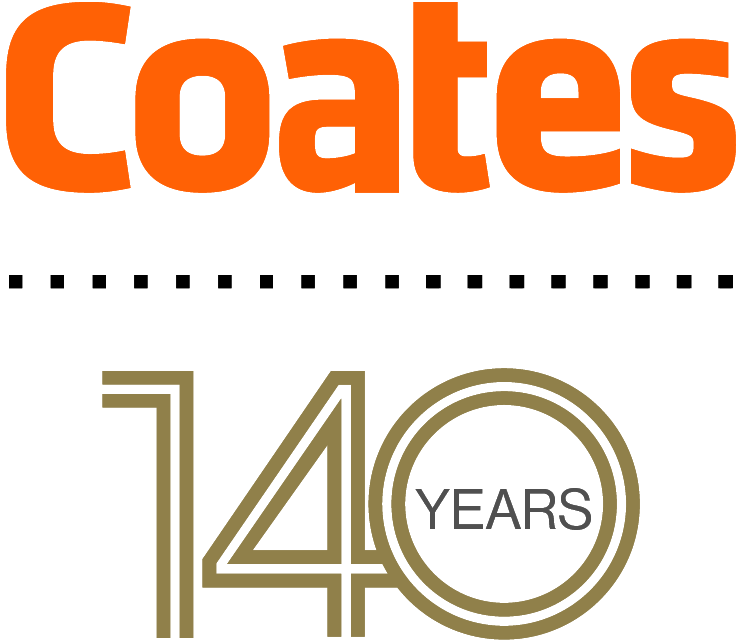
The championship leader’s exit from his second pit stop was the subject of a post-race investigation after a judge of fact reported observing Brown release his 40km/h limiter before pit exit.
That account was seemingly backed up by a still image from the Camaro’s judicial camera, which showed the pit speed limiter light no longer illuminated while the pit exit line remained visible ahead of the car.
Motorsport Australia stewards convened a hearing into the allegation that Brown breached rule C14.3.3, which states: “The Limiter must be activated at all times while a Car is moving in Pit Lane.”
All Division C technical rules come with a recommended minimum penalty of disqualification, although there is precedent to suggest a time penalty would most likely have been applied.
Regardless, Triple Eight team manager Mark Dutton successfully cast doubt over the credibility of the evidence provided by Supercars and the stewards concluded no breach had been established.
Dutton argued “the camera’s wide-angle lens does not accurately reflect the position of the car” and that previous testing undertaken had shown the vision and data displayed on it does not perfectly align.
The eye-witness account from Supercars’ judge of fact was also discredited on the grounds that the individual could not see the external limiter light due to his positioning relative to the car.
Supercars is understood to be displeased with how the MA stewards hearing played out and is now looking at how it can bring further evidence to support similar cases in future.
Representatives from the category and the governing body are due to meet this week to undertake their routine post-event debrief, which will include discussion of the pit exit fiasco.
“From our point of view, we’re the policeman,” a diplomatic Supercars motorsport boss Tim Edwards told Speedcafe.
“We have the judge of fact, the data, the in-car vision and we present the evidence, but we’re not judge, jury and executioner.
“My team did the right thing in presenting all the information and ultimately the decision was made [by the MA stewards] not to penalise.”
The most likely move is for Supercars to install a pit exit timing loop at each circuit, starting with the next venue on the calendar, Symmons Plains.
Every Supercars circuit already has such a loop installed at pit entry to help monitor pit lane speeds and limiter use. The loops are permanently in the ground and hooked up by Supercars ahead of their events.

“We’re talking about it at the moment and that will come up in our debrief with MA, to get their views on it as well,” Edwards said of the prospect of installing pit exit timing loops.
“It is possible to do [ahead of the Symmons Plains event on May 9-11], but it’s obviously more work for us.”
Supercars already installs temporary timing beacons at pit entry and exit that place a mark in each car’s Motec data as they enter and exit the lane, helping the category monitor various pit lane metrics.
However, that system relies on an infrared beam, which by nature spreads marginally with width. Not knowing the exact distance from the beacon to the car creates potential for inaccuracy.
That Motec data, which is understood to indicate Brown was travelling at 47km/h at the time the car triggered the pit exit beam, was not initially put forward by Supercars for the hearing for that reason.
It did, however, come up in interviews undertaken with Supercars staff during the stewards hearing, where it was admitted to be “not that accurate”.
That beacon information is separate to the judicial camera system that was presented by Supercars and successfully thrown into doubt by Dutton’s claim that the vision and displayed data do not align.
The extent of the potential misalignment was not explored as part of the MA hearing at Taupo.

Edwards says the discrepancy between the judicial vision and data from auxiliary inputs such as the pit speed limiter is miniscule.
“There can be a small lag in transferring the information, but we’re talking milliseconds,” he said.
“From the research we’ve done with Motec, if all the various things that can impact the alignment of the two conspired, I think it was around 60 milliseconds there could be a potential misalignment.”
A successful argument against the accuracy of the judicial camera picture and timeliness of the corresponding data leaves an interesting precedent for future use of the cameras.
The camera vision is most often relied upon during investigations into on-track incidents, several of which have already proven a hot topic this season.
Taupo marked the latest win for Triple Eight in an MA stewards hearing following a convoluted case at Symmons Plains last year surrounding video streaming from the judicial cameras.
Dutton, whose Taupo efforts furthered his reputation as a brilliant defendant for his team, claimed on that occasion that Supercars had been “chasing blood” in its pursuit of a sanction.




















Discussion about this post